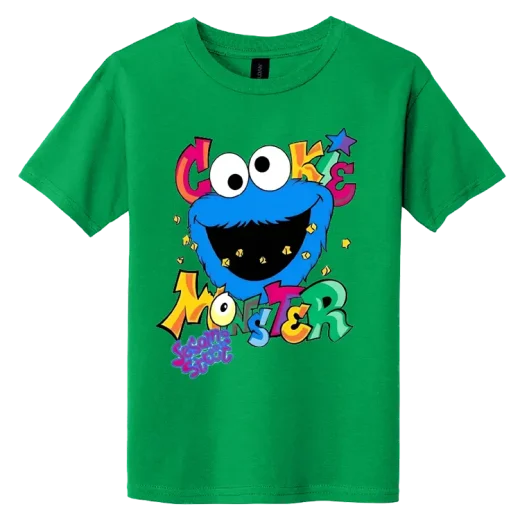The Future is Here: DTF Printing
Direct to Film (DTF) printing is an innovative technology that’s rapidly transforming the world of custom fabric printing. With its ability to produce vibrant, durable designs on a wide array of fabrics, DTF printing is attracting a lot of attention from custom apparel businesses and hobbyists alike. As we look to the future, it’s clear that DTF printing holds considerable promise for the industry. In this article, we’ll explore how DTF printing works and why it’s becoming the go-to method for custom printing.
Understanding DTF Printing
Direct to Film printing, or DTF, is a process where designs are printed onto a special film and then transferred to fabric using heat and pressure. Unlike traditional screen printing, which requires creating a new screen for each color, DTF printing can produce full-color prints with a single pass. This efficiency makes it ideal for small runs and on-demand printing, offering flexibility and cost savings.

Best Fabric for DTF Printing
The versatility of DTF printing allows it to work on a variety of fabrics. However, the most common fabrics used for DTF printing typically include polyester, cotton, and blends, but it can be just about any fabric, that’s how versatile DTF Printing is! These fabrics can handle the heat application process well and ensure that the print adheres firmly and lasts longer. DTF printing is also known for its soft hand feel, making it comfortable to wear and touch.
Custom DTF Printing Advantages
Custom DTF printing presents numerous advantages over traditional printing methods. Firstly, there’s no need for pre-treatment of fabrics, which streamlines the production process. Additionally, DTF prints are highly durable and resistant to washing, so the designs don’t crack or fade easily. These benefits make custom DTF printing a preferred option for businesses looking to offer high-quality, personalized products.

The Environmental Impact
Another area where DTF printing shines is its reduced environmental impact. With less waste generated in the process and no requirement for water as in screen printing, DTF is a more eco-friendly option. As sustainability becomes a priority for consumers and businesses, DTF printing is well-positioned to meet these demands
Trends in DTF Printing
The future of DTF printing is shaped by continuous innovation. We’re seeing advancements in printer technology, ink formulations, and transfer films that promise even better print quality and efficiency. As these trends progress, custom printing will become more accessible and cost-effective, opening up new opportunities for creative expression and small business growth.
Embracing Customization
In the age of personalization, DTF printing is empowering individuals and businesses to create unique, custom products on demand. This trend is not slowing down, and as technology improves, we can expect even more intricate and vibrant designs to become possible.
Conclusion
As we look ahead, it’s clear that DTF printing is not just a fleeting trend but a substantial shift in the custom printing industry. With its many benefits and growing popularity, DTF printing is set to revolutionize how we think about fabric customization. Whether for personal projects or commercial ventures, the future of DTF printing is bright, promising innovation, quality, and sustainability.
